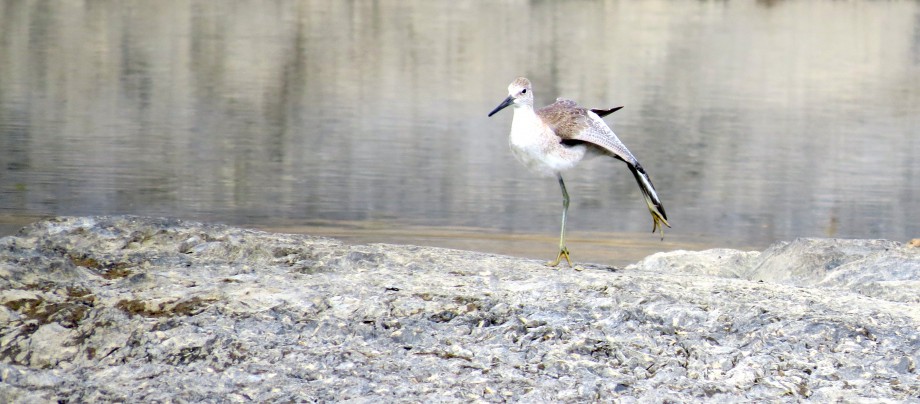Every birder in North American asks the same question: If the duck has a bright ring around its bill, why is it called Ring-necked?

I don’t see any ring there!
I’ve heard lots of theories – it’s a hunter’s bird-in-hand fieldmark, some other duck was already called Ring-necked – but no one seemed to know the truth. Until now!
In an article in Birding, the ABA journal, Rick Wright solves the mystery*. He dug through obscure volumes in dusty libraries until he found Edward Donovan’s early-1800s description of the type specimen, the bird from which the species description is derived, and discovered…
…nothing about the bill. The hard-to-see chestnut collar is the only good distinguishing mark. So what happened to Donovan’s duck’s bill? He painted and described the bird from a poultry market specimen, not a live bird, so it might have been damaged either in hunting or on its way to market. Not knowing any different, he depicted it with a plain blue-grey bill.
Here it is, in all its dull-beaked splendor:

Poor Edward Donovan. Scoffed at for centuries as fabulously unobservant, vindicated at last.
Last week at Vischer Ferry, I saw something amazing. A small flock of Ring-necks preened and displayed close to shore and in perfect light. And believe it or not, one male with his head held high and neck fully extended actually had a clearly-visible contrasting dark red collar between the glossy purple neck and his black chest. It was probably a once-in-a-lifetime sight, and of course I didn’t have my camera!
Top photo via WikiMedia Commons.
*Birding, Vol. 46, May/June 2014. Sadly, visible only to ABA members.










